How to design precast steel buildings in humid and rainy environments?
In humid and rainy regions (such as Southeast Asia, coastal areas, or rainy inland areas), the core challenges of constructing precast steel buildings are corrosion, condensation, and long-term durability. Successful design must employ a targeted strategy that goes beyond standard solutions, integrating moisture-proofing and rust-resistant concepts throughout.
Foreseeing the threats of moisture and humidity during the design phase and establishing multiple lines of defense is key to ensuring the building’s lifespan.
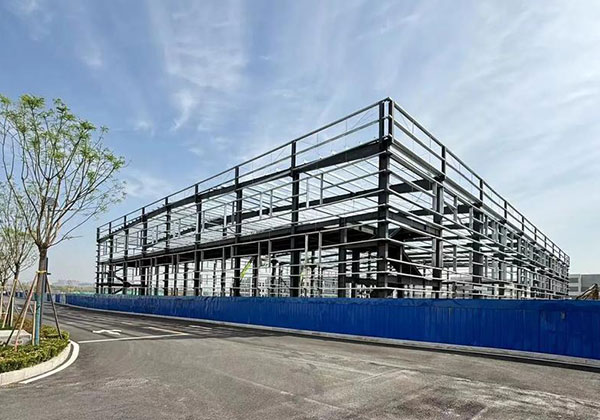
I. Corrosion Protection Design
The biggest enemy of steel in humid environments is rust, requiring comprehensive protection.
1.1. High-Performance Coating Systems
Basic Protection (Hot-Dip Galvanizing): All steel components should be hot-dip galvanized after processing. This zinc layer preferentially corrodes, sacrificing itself to protect the internal steel, providing protection even for minor surface scratches.
Enhanced Protection (Coating System): A high-performance coating system is applied over the galvanized layer. A combination of epoxy zinc-rich primer, epoxy micaceous iron oxide intermediate coat, and polyurethane topcoat is recommended. This system provides excellent corrosion resistance and weather resistance, while the polyurethane topcoat effectively resists ultraviolet rays.
1.2. Enhanced Protection for Critical Areas
For nodes and joints prone to water accumulation, increase the sealing and coating thickness. Avoid hard-to-maintain corners and gaps, as these areas easily accumulate moisture and accelerate corrosion.
II. Drainage and Waterproofing Design
The goal is to allow rainwater to leave the building as quickly as possible and prevent its infiltration.
2.1. Efficient Roofing System
- Increased Slope: Use a steeper roof slope (recommended not less than 1:4) to ensure rapid rainwater drainage and reduce the chance of water accumulation.
- Minimize Joints: Prioritize long-length roof panels to reduce lateral overlaps. All panel overlaps must be sealed with high-performance sealant for airtightness and watertightness.
- Reliable Panel Type: Standing seam roofing systems offer superior waterproofing performance compared to ordinary overlapping panel types due to their higher standing edges and unique interlocking mechanism.
2.2. Comprehensive Drainage Planning
- Gutters and Downpipes: Design large-sized gutters and downpipes to handle heavy rain. Ensure they are securely installed and direct water away from the building foundation.
- Detailed Waterproofing: Properly seal the joints between the roof and gable walls, ventilators, and pipe penetrations, as these are weak points in waterproofing.
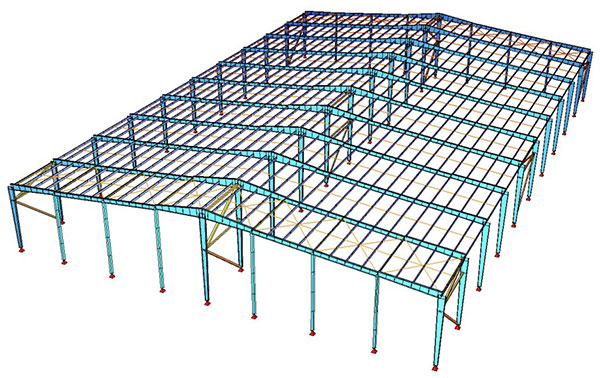
III. Condensation Prevention and Ventilation Design
Water vapor in humid air condenses on the cold steel structure surface, leading to internal corrosion, mold growth, and insulation failure.
3.1. Vapor Barrier
This is a crucial step. A complete, undamaged vapor barrier must be laid inside the insulation layer. It effectively prevents indoor water vapor from penetrating into the wall or roof cavities.
3.2. Ventilation System
- Natural Ventilation: A combination of roof ventilators and eaves inlets is used, leveraging thermal pressure differences to create continuous airflow and promptly expel hot and humid air from the building.
- Mechanical Ventilation: For workshops or warehouses generating high levels of moisture, forced exhaust fans should be installed to actively control indoor humidity.
3.3. Insulation Material Selection
Preferred materials are B1 grade or higher polyurethane/rock wool sandwich panels. Polyurethane has a closed-cell structure with extremely low water absorption and stable insulation performance. Rock wool is a Class A non-combustible material with strong water repellency. Both maintain long-term insulation performance in humid environments.
IV. Material and Detail Selection
Connectors: All bolts, self-tapping screws, and other fasteners should be hot-dip galvanized or stainless steel to avoid compromising long-term performance.
Wall Structure: Consider installing concrete moisture barriers, typically 30-60cm high, to prevent direct damage to the steel plate walls from ground moisture and rainwater splashes.
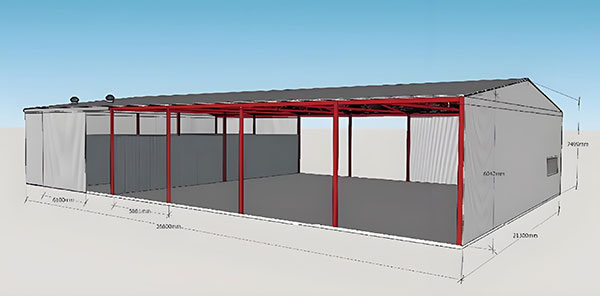
Summary
Designing precast steel buildings in humid and rainy environments requires a systematic and defensive solution. It’s not just about choosing a material, but a holistic design that organically combines corrosion resistance, water retention prevention, and condensation prevention. Through this forward-thinking design, your steel structure building can withstand harsh environments, achieving a long lifespan and low maintenance costs.

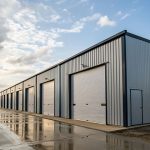

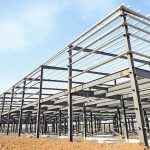
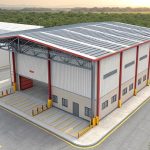

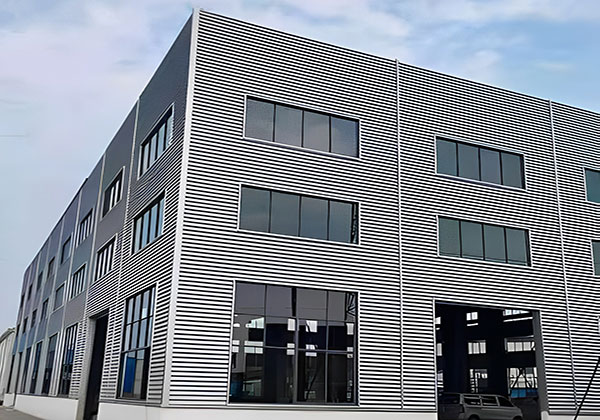

Send us the inquiry form